Aicox renews agreement with Ovzon for satellite communication services
Wednesday, 17 April 2024 20:25 Ovzon has secured a renewal order from Aicox Solutions, its Spanish partner, for the provision of SATCOM-as-a-Service. The extension, lasting six months, is scheduled for the first half of 2024.
This renewal pertains to the SATCOM-as-a-Service Plus package, which includes comprehensive solutions like satellite bandwidth, Ovzon T6 mobile satellite terminals, and dedicated customer support a
Ovzon has secured a renewal order from Aicox Solutions, its Spanish partner, for the provision of SATCOM-as-a-Service. The extension, lasting six months, is scheduled for the first half of 2024.
This renewal pertains to the SATCOM-as-a-Service Plus package, which includes comprehensive solutions like satellite bandwidth, Ovzon T6 mobile satellite terminals, and dedicated customer support a Astronaut fitness regimes critical in Tiangong Space Station
Wednesday, 17 April 2024 20:25 With China's ambitious plans to expand its space missions, the health of astronauts during prolonged spaceflights has become a vital concern. The state-of-the-art equipment aboard the Tiangong Space Station plays a crucial role in ensuring astronaut safety and health in the absence of gravity.
The China Manned Space Agency recently shared new footage showcasing crew members participating i
With China's ambitious plans to expand its space missions, the health of astronauts during prolonged spaceflights has become a vital concern. The state-of-the-art equipment aboard the Tiangong Space Station plays a crucial role in ensuring astronaut safety and health in the absence of gravity.
The China Manned Space Agency recently shared new footage showcasing crew members participating i Reusable rocket engine completes major test in China
Wednesday, 17 April 2024 20:25 In a significant advance for China's space capabilities, a new reusable rocket engine has passed a critical test, marking a key milestone in the country's efforts to develop reusable launch vehicles.
The engine underwent a dual-ignition test last Friday at a testing facility in Fengxian County, Shaanxi Province, which confirmed its performance and functionality, as stated by the Academy of
In a significant advance for China's space capabilities, a new reusable rocket engine has passed a critical test, marking a key milestone in the country's efforts to develop reusable launch vehicles.
The engine underwent a dual-ignition test last Friday at a testing facility in Fengxian County, Shaanxi Province, which confirmed its performance and functionality, as stated by the Academy of Tiandu satellites enhance Earth-Moon communication with successful transmission tests
Wednesday, 17 April 2024 20:25 China's Tiandu 1 and Tiandu 2 satellites have recently completed critical experiments focused on Earth-Moon transmission and routing. This development was reported by China's Science and Technology Daily.
These satellites, which form part of China's ambitious space exploration initiatives, specifically aim to refine and enhance communication capabilities between Earth and lunar environment
China's Tiandu 1 and Tiandu 2 satellites have recently completed critical experiments focused on Earth-Moon transmission and routing. This development was reported by China's Science and Technology Daily.
These satellites, which form part of China's ambitious space exploration initiatives, specifically aim to refine and enhance communication capabilities between Earth and lunar environment Aegis Aerospace completes key acquisition of ProXopS assets
Wednesday, 17 April 2024 20:25 Aegis Aerospace, Inc. has reported its acquisition of significant assets from ProXopS LLC, a Houston-based engineering services company.
Included in the acquisition are subcontracts with Jacobs (NYSE:J) associated with NASA's Kennedy Space Center (KSC) in Florida under the Consolidated Operations, Management, Engineering and Test (COMET) contract, and at NASA's Johnson Space Center (JSC) i
Aegis Aerospace, Inc. has reported its acquisition of significant assets from ProXopS LLC, a Houston-based engineering services company.
Included in the acquisition are subcontracts with Jacobs (NYSE:J) associated with NASA's Kennedy Space Center (KSC) in Florida under the Consolidated Operations, Management, Engineering and Test (COMET) contract, and at NASA's Johnson Space Center (JSC) i Firefly Aerospace collaborates with Klepsydra Technologies for space-based edge computing
Wednesday, 17 April 2024 20:25 Firefly Aerospace, Inc., a comprehensive space transportation provider, has entered into a collaboration to deploy the Klepsydra Artificial Intelligence (AI) application aboard Firefly's Elytra vehicle. Scheduled for launch on the Alpha rocket later this year, Elytra aims to facilitate on-orbit, real-time data processing as an edge computing platform.
"Edge computing in space addresses the
Firefly Aerospace, Inc., a comprehensive space transportation provider, has entered into a collaboration to deploy the Klepsydra Artificial Intelligence (AI) application aboard Firefly's Elytra vehicle. Scheduled for launch on the Alpha rocket later this year, Elytra aims to facilitate on-orbit, real-time data processing as an edge computing platform.
"Edge computing in space addresses the Astronauts to patch up NASA's NICER telescope
Wednesday, 17 April 2024 20:02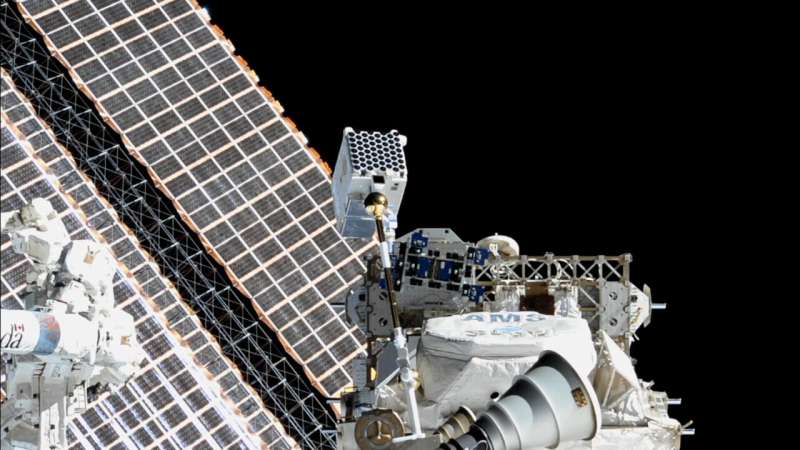
NASA is planning to repair NICER (Neutron star Interior Composition Explorer), an X-ray telescope on the International Space Station, during a spacewalk later this year. It will be the fourth science observatory in orbit serviced by astronauts.
NASA to hoist its sail: Solar sail mission gets ready for launch
Wednesday, 17 April 2024 19:34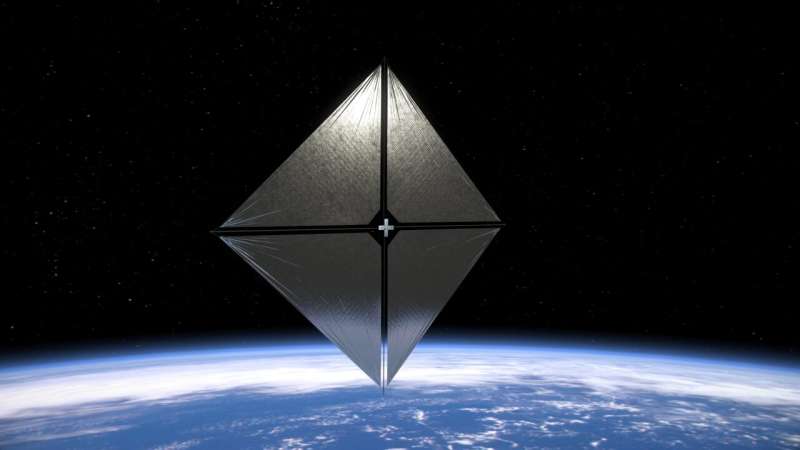
A NASA mission testing a new way of navigating our solar system is ready to hoist its sail into space—not to catch the wind, but the propulsive power of sunlight. The Advanced Composite Solar Sail System is targeting launch on Tuesday, April 23 (Wednesday, April 24 in New Zealand) aboard a Rocket Lab Electron rocket from the company's Launch Complex 1 on the Mahia Peninsula of New Zealand.
Rocket Lab's Electron rocket will deploy the mission's CubeSat about 600 miles above Earth—more than twice the altitude of the International Space Station. To test the performance of NASA's Advanced Composite Solar Sail System, the spacecraft must be in a high enough orbit for the tiny force of sunlight on the sail—roughly equivalent to the weight of a paperclip resting on your palm—to overcome atmospheric drag and gain altitude.
NASA's Roman space telescope's 'eyes' pass first vision test
Wednesday, 17 April 2024 19:30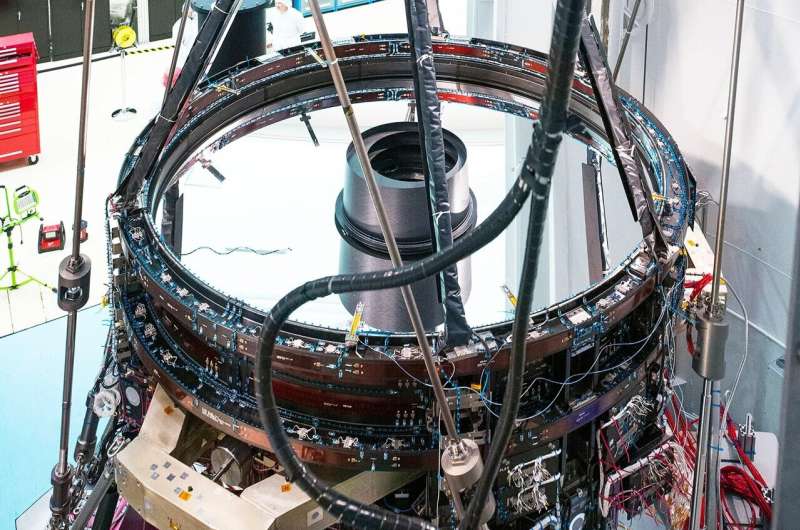
Engineers at L3Harris Technologies in Rochester, New York, have combined all 10 mirrors for NASA's Nancy Grace Roman Space Telescope.
NASA's Dragonfly rotorcraft mission to Saturn's moon Titan confirmed
Wednesday, 17 April 2024 18:44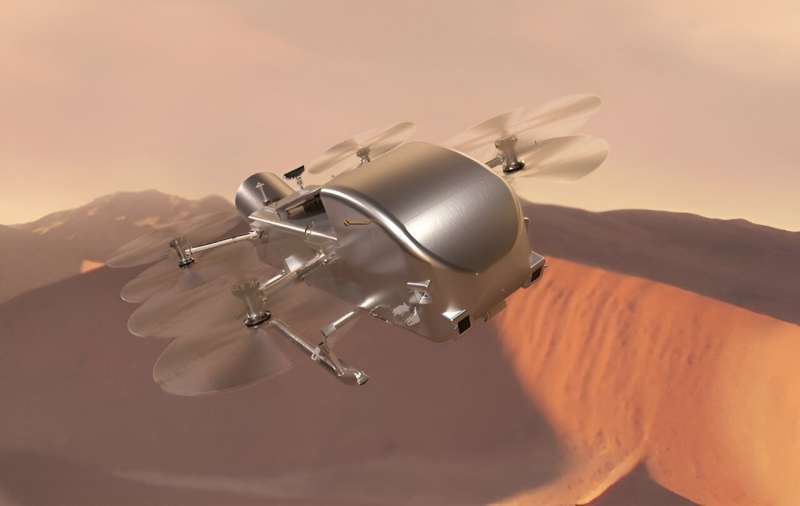
NASA has confirmed its Dragonfly rotorcraft mission to Saturn's organic-rich moon Titan. The decision allows the mission to progress to the completion of the final design, followed by the construction and testing of the entire spacecraft and science instruments.
"Dragonfly is a spectacular science mission with broad community interest, and we are excited to take the next steps on this mission," said Nicky Fox, associate administrator of the Science Mission Directorate at NASA Headquarters in Washington. "Exploring Titan will push the boundaries of what we can do with rotorcraft outside of Earth."
In early 2023, the mission successfully passed all the success criteria of its Preliminary Design Review. At that time, however, the mission was asked to develop an updated budget and schedule to fit into the current funding environment. This updated plan was presented and conditionally approved in November 2023, pending the outcome of the fiscal year 2025 budget process.
NASA's near space network enables PACE climate mission to 'phone home'
Wednesday, 17 April 2024 18:21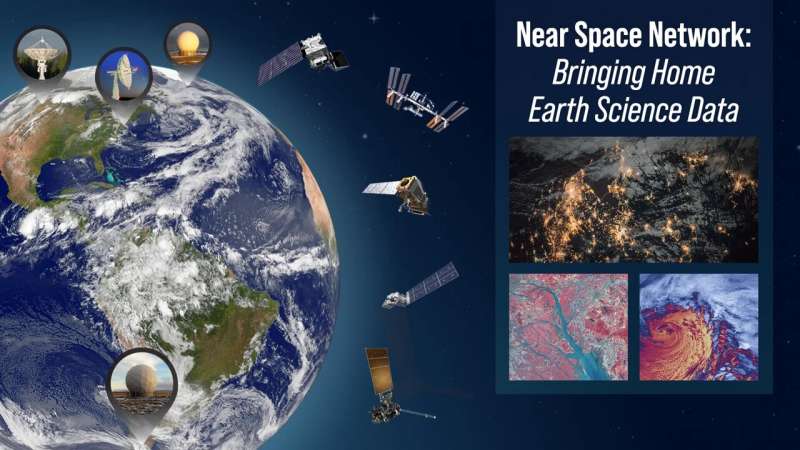
The PACE (Plankton, Aerosol, Cloud, ocean Ecosystem) mission has delivered its first operational data back to researchers, a feat made possible in part by innovative, data-storing technology from NASA's Near Space Network, which introduced two key enhancements for PACE and other upcoming science missions.
As a satellite orbits in space, its systems generate critical data about the spacecraft's health, location, battery life, and more. All of this occurs while the mission's science instruments capture images and data supporting the satellite's overall objective.
This data is then encoded and sent back to Earth via radio waves through NASA's Near Space Network and Deep Space Network—but not without challenges.
One challenge is extreme distances, where disruptions or delays are common.
On-demand nutrient production system for long-duration space missions
Wednesday, 17 April 2024 17:36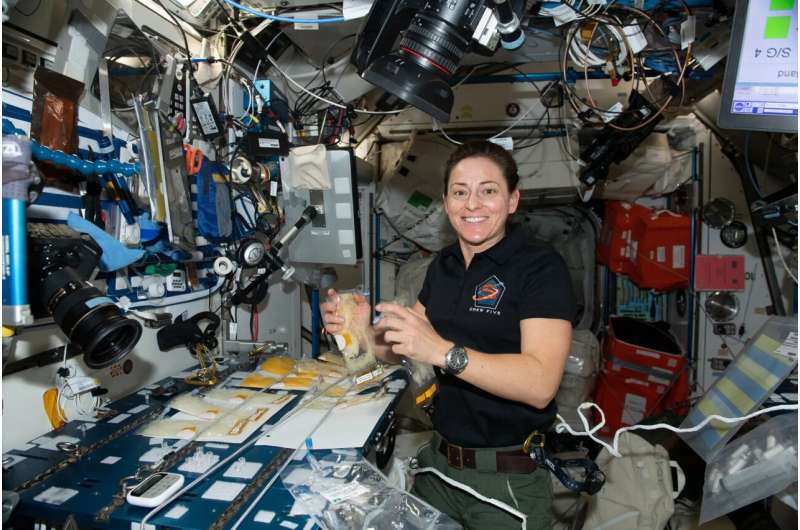
When astronauts embark on long space missions, they'll need to grow their own food because pre-packaged meals from Earth lose their nutritional value over time. The BioNutrients project at Ames Research Center's Space Biosciences Division has solved this problem by using genetic engineering to create microbially-based food that can produce nutrients and compounds, such as medicines, with minimal resources.
The process involves storing dried microbes and food-grade media in small bioreactors, which can be rehydrated and grown years later.
BioNutrients-3 yields fresh kefir in lunar analog mission
Wednesday, 17 April 2024 16:48 To sustain astronauts on extended space voyages, Ames Research Center's Space Biosciences Division has engineered a microbially-based food system under the BioNutrients initiative. This innovative approach leverages genetic engineering to produce vital nutrients and medicinal compounds using minimal resources. It involves the use of dried microbes and food-grade media stored in compact bioreacto
To sustain astronauts on extended space voyages, Ames Research Center's Space Biosciences Division has engineered a microbially-based food system under the BioNutrients initiative. This innovative approach leverages genetic engineering to produce vital nutrients and medicinal compounds using minimal resources. It involves the use of dried microbes and food-grade media stored in compact bioreacto Boeing Starliner rolls to Cape Canaveral Space Force Station ahead of May launch
Wednesday, 17 April 2024 16:48 Boeing's Starliner spacecraft took a road trip Tuesday before its May 6 liftoff, moving from the Kennedy Space Center to the Cape Canaveral Space Force Station.
Starliner boarded a transporter at the Commercial Crew and Cargo Processing Facility at Kennedy Space Center on Monday. Final checks were completed Tuesday for the short trip to the United Launch Alliance's Vertical Integration
Boeing's Starliner spacecraft took a road trip Tuesday before its May 6 liftoff, moving from the Kennedy Space Center to the Cape Canaveral Space Force Station.
Starliner boarded a transporter at the Commercial Crew and Cargo Processing Facility at Kennedy Space Center on Monday. Final checks were completed Tuesday for the short trip to the United Launch Alliance's Vertical Integration 

